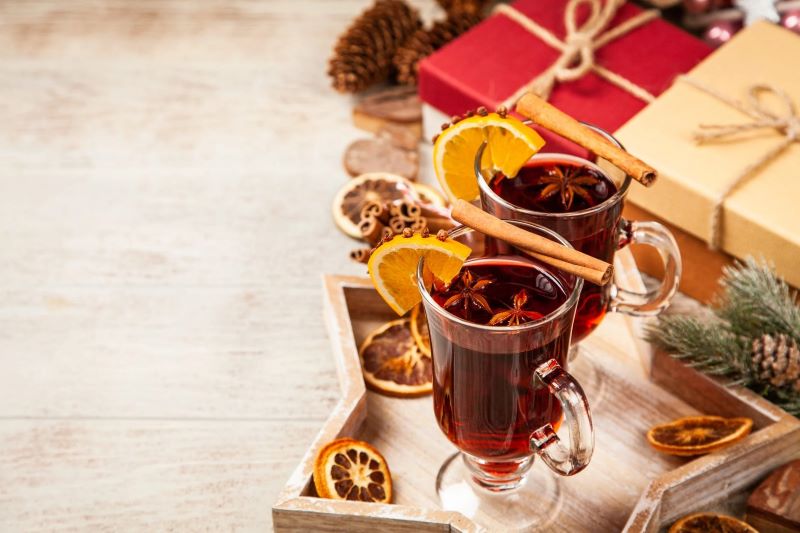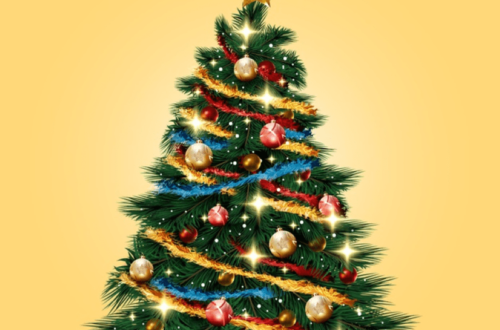
Understanding the Popularity of Traditional Christmas Trees
The Origins of the Christmas Tree: A Time-Honored Tradition
The sweet-smelling scent of a fresh pine tree, twinkly lights, and the sound of ornaments gently clinking together as you carefully adorn the tree with cherished memories – these classic aspects of the winter holiday season have an almost magical ability to evoke a feeling of warmth and togetherness. Central to these festivities is the traditional Christmas tree, which has transcended time and changes in religious sentiments to become a symbol of unity and celebration for families around the world. But what exactly is it that continues to draw people towards these green giants year after year? A deeper understanding of Christmas tree popularity requires a look at their history, the pivotal role they play in rituals and shared experiences, and their long-standing connections to nature and localized traditions.
To truly understand the appeal of traditional Christmas trees, we must first delve into their history. Long before the advent of Christianity, evergreen trees were admired and revered for their ability to withstand harsh winters – a reminder that life could endure even in the dead of cold. Ancient Egyptians, Romans, and Celts adorned their homes with evergreen boughs, a tradition that gradually evolved into the beloved custom of bringing whole trees into the household. The modern Christmas tree as we know it can be traced back to 16th-century Germany, where devout Christians decorated trees with apples, nuts, and paper flowers. Eventually, these traditions made their way across the pond, and in 1851, the first Christmas tree market emerged in America – offering fragrant pines to eager customers and sparking a nationwide phenomenon.
Sustainability and Ecology: Exploring the Best Practices for a Greener Christmas Tree
The traditional Christmas tree also plays a pivotal role in creating shared experiences, memories, and bonding opportunities for families during the holiday season. For many, decorating the tree is a festive occasion in itself, and families gather to recount stories associated with each ornament, instilling a sense of warmth, comfort, and nostalgia. Additionally, the family-centered focus of the season encourages individuals to come together and participate in the giving and receiving of not only physical gifts but also love and support. The tree serves as a symbol of unity in these exchanges, with families gathering around it to share in the joy and excitement of the holidays.
Another important aspect of Christmas tree appeal is the connection that they establish between the past and the present. Traditional Christmas trees connect individuals to the natural world and simpler times, providing an escape from the fast-paced, technological-driven society in which most people live today. Furthermore, the custom of selecting and cutting down one’s own tree ties into localized traditions and cherished memories. Just as different regions have their own tree species to choose from – balsam firs in the eastern United States, noble firs in the Pacific Northwest, and Nordmann firs in Europe – so too does each family have its own unique history and contributions to the ever-evolving custom of bringing a tree into the home.
Lastly, an exploration of this ongoing popularity would not be complete without acknowledging the visual allure of the tree itself: a natural work of art that prompts associations of home, family, tradition, and heritage. Draping the branches with twinkling lights, stringing garlands, and carefully positioning ornaments of different shapes and sizes elevates the tree into an artistic expression of personal taste and style. The satisfaction of seeing the end result – a festive, glowing beacon lighting up the home – is a tangible confirmation of the successful fusion of nature and human creativity.
In conclusion, the undying popularity of traditional Christmas trees can be attributed to a rich history that connects the present to the past, their prominent role in beloved holiday rituals, and their symbolic ties to nature and localized family customs. So, as the snow falls and the days grow colder, it is no surprise that people’s hearts and minds gravitate once again towards their beloved evergreens, ready to celebrate another holiday season in the warmth and comfort that they provide.




